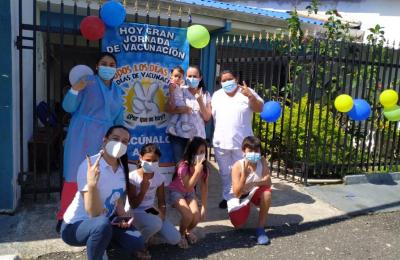Emerging mental health challenges, strategies, and opportunities in the context of the COVID-19 pandemic: Perspectives from South American decision-makers
Objective.
To identify emerging mental health problems, strategies to address them, and opportunities to reform mental health systems during the COVID-19 pandemic in South America.













